Published by Chris Townsend
Last updated Jun, 07 2025
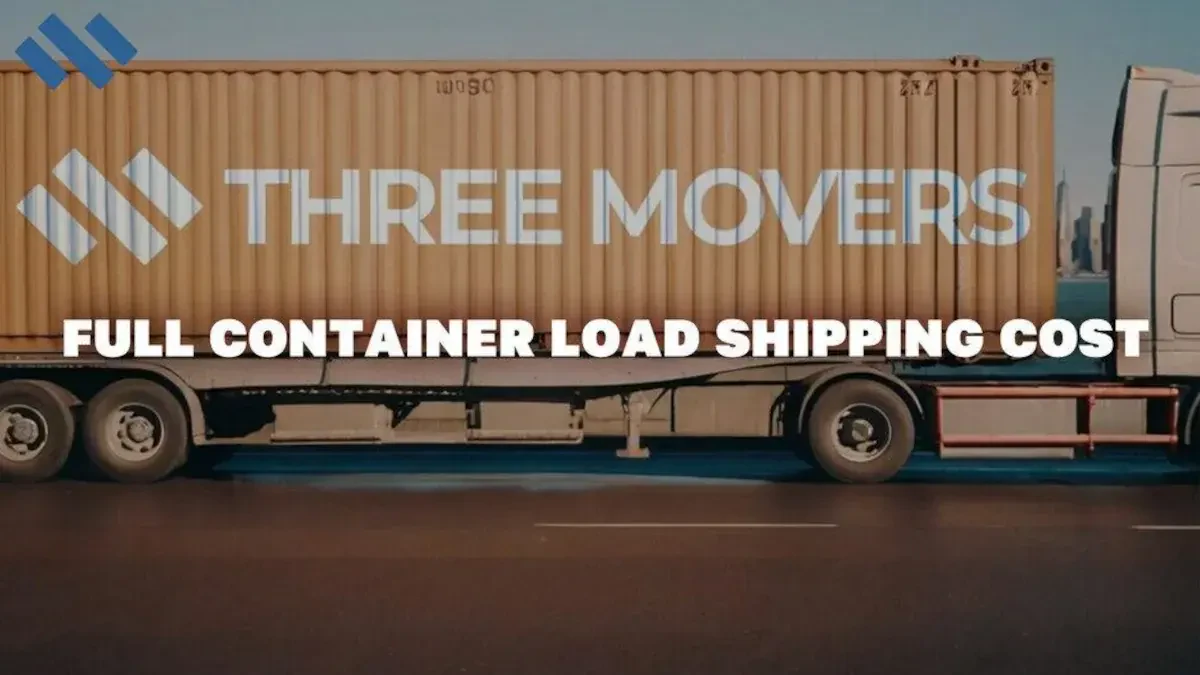
Full Container Shipping Costs
The average cost of full container shipping ranges from $2,000 to $3,000. Determining the cost of shipping a full container can be challenging, as costs vary based on several factors. Key factors determining the container load relocation cost are the transport method, distance, and total volume of your shipment.
We understand that this is a bit vague, so we’ve put together some tables to give you an idea of the cost of container shipping to various places worldwide. The following estimates are based on a load with a shipment valued at $25,000, sea freight as the hauling method, and port-to-port transport out of New York.
Note: These quotes do not factor in additional costs (e.g., packing, taxes, duty fees, insurance). You must consider these factors to ensure complete international container shipping rates.
Full-Container Load Moving Rates to North America
| Destination Port City | 20-foot | 40-foot |
| Montreal, Canada | $420 | $625 |
| Vancouver, Canada | $1,260 | $1,880 |
| Lazaro Cardenas, Mexico | $880 | $1,320 |
Full-Container Load Hauling Rates to South America
| Destination Port City | 20-foot | 40-foot |
| Rio de Janeiro, Brazil | $1,550 | $2,300 |
| Barranquilla, Colombia | $1,040 | $1,550 |
| Port Limon, Costa Rica | $890 | $1,330 |
Full-Container Load Moving Rates to Africa
| Destination Port City | 20-foot | 40-foot |
| Cape Town, South Africa | $2,540 | $3,800 |
| Apapa, Nigeria | $5,000 | $7,440 |
| Mombasa, Kenya | $4,800 | $5,900 |
Full-Container Load Carrier Rates to Asia
| Destination Port City | 20-foot | 40-foot |
| Tokyo, Japan | $860 | $1,300 |
| Shanghai, China | $760 | $1,140 |
| Kaohsiung, Taiwan | $910 | $1,350 |
Full-Container Load Relocating Rates to Europe
| Destination Port City | 20-foot | 40-foot |
| Barcelona, Spain | $1,360 | $2,000 |
| Marseilles, France | $1,350 | $2,010 |
| London, United Kingdom | $1,190 | $1,780 |
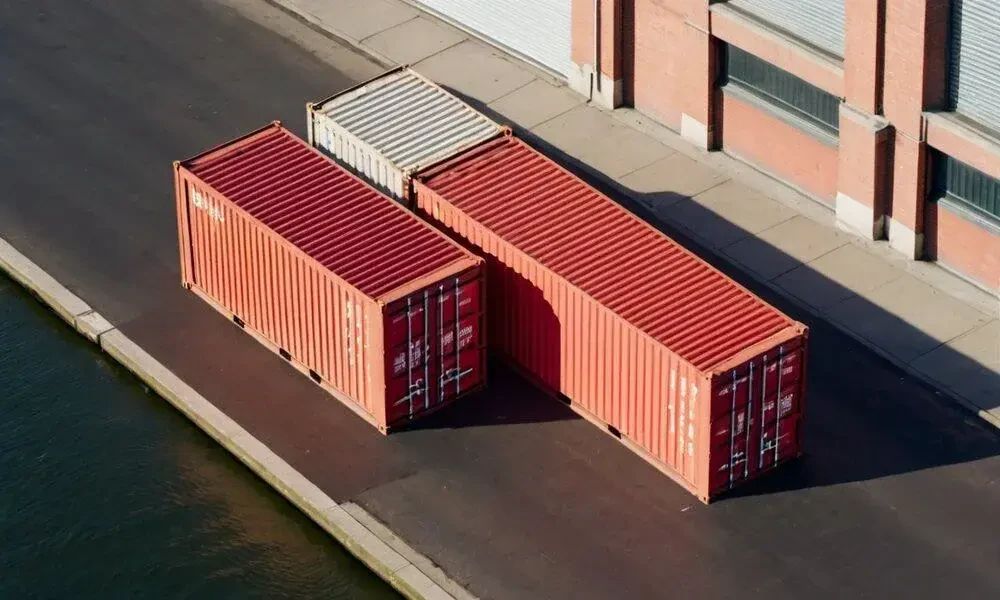
Common Container Sizes
When it comes to container sizes, two standard sizes dominate the market: 20-foot and 40-foot containers. Generally speaking, a 20-foot container will be sufficient for a small move. But for anything larger or more extensive, you’ll want to consider opting for a 40-foot container or multiple. You should not compromise your relocation because of the higher container shipping rates for a 40-foot container.
What fits in a 20-foot container?
A standard 20-foot will generally fit the contents of a one—or two-bedroom home, a car, and some boxes. It will house properties with a floor space of 146 square feet and a total internal volume of 1,169 cubic feet. These containers measure about 19’10.5” long, 8’ wide, and 8’6” high and can carry about 61,000 pounds of goods.
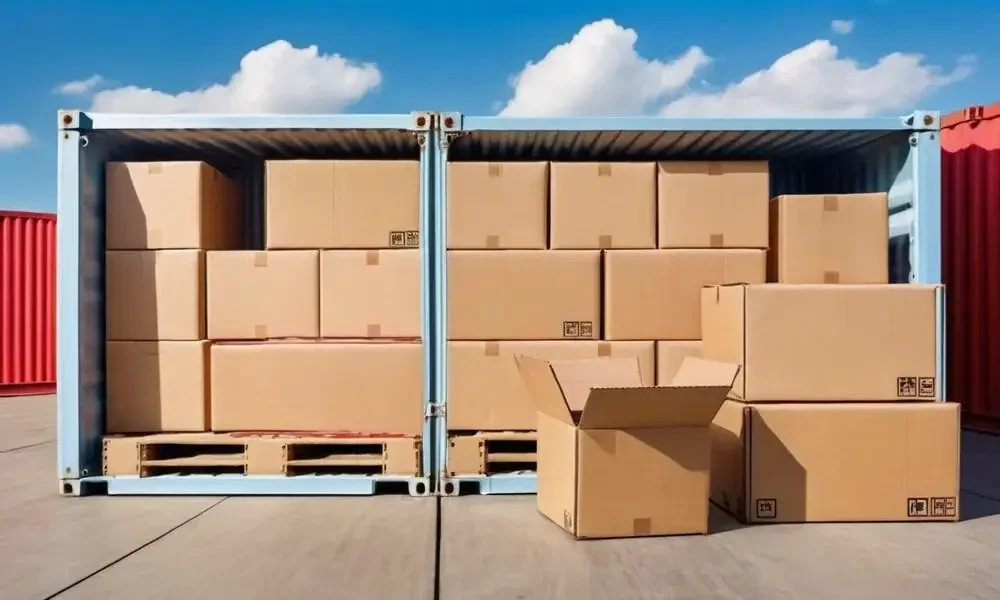
What fits in a 40-foot container?
In a 40-foot, however, you’ll typically be able to fit the contents of a three- or four-bedroom home, approximately 320 square feet of floor space, or a standard two-bedroom plus a car. Its total internal volume of 2,385 cubic feet is 40’ long, 8’ wide, and 8’6” high. They can hold around 58,000 pounds of goods, which is slightly less than a 20-foot container due to the weight of the container itself.
This means that while it is longer and has twice the volume of a 20-foot, it cannot hold twice the cargo weight because of its extensive weight.
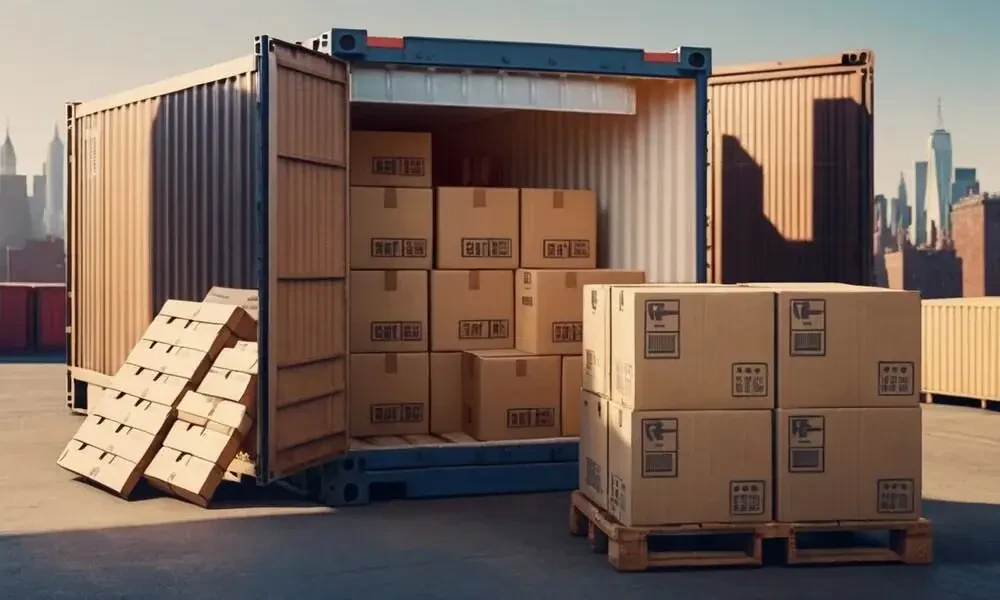
Full Container Load (FCL) vs. Less Than Container Load (LCL)
When it comes to shipping, there are two terms that you will come across that have a significant impact on container shipping costs: Full container load (FCL) and less than container load (LCL). The total volume of your goods will determine whether you need a full-container or less-than-container load to transport your goods.
Less Than Container Load (LCL)
As the name suggests, this option refers to shipments that take up less than a full container (20ft or 40ft). If you only have a few items to move, you’ll likely only need an LCL. So, the container hauling rates for LCL are cheaper. You only have to pay for the volume of your goods in the container. However, most shipping companies levy a minimum shipment volume, which may be as low as 35.3 cubic feet.
While LCL is the most cost-effective way to transport small shipments, the drawback is that your goods will take much longer to arrive since other household moves are involved.
Full Container Load (FCL)
You’ll likely need this for high-volume relocations. This means your shipment will take up the entire container, whether 20ft or 40ft and will not be shipped with anyone else’s goods. However, the drawback to this option is that you will have to pay for the entire shipping container yourself. Although FCL is more expensive, it comes with several benefits:
- A more excellent value for your money, as companies typically charge a flat rate for the full container rather than by specified volume.
- Faster transport since there aren’t anyone else’s moves involved.
Most shipping companies prefer when people pay for FCL, making the logistics on both ends much easier.

Factors that Influence Shipping Costs
Like any other type of move, numerous factors influence the cost of relocating a full container. That said, here are some of the most common factors you can expect:
- Volume and weight of your goods. As you might expect, the heavier your shipment and the bigger the volume, the more expensive it will be to transport.
- Distance of your move. The longer the distance between your departure port and destination port, the higher the container cost.
- Your destination port. Every country levies its own taxes and duty charges, so the amount you pay for these will depend on the country where your goods are headed.
- Transportation method. How you choose to have the container shipped will also affect your moving costs and the time it takes for your shipment to arrive.
- The type of goods. Shipping special goods like vehicles, pianos, or fine art can drive up the final shipment cost.
- Add-on services. Of course, selecting any extra services, like packing, storage, or insurance, will increase the final cost of shipping your full container.
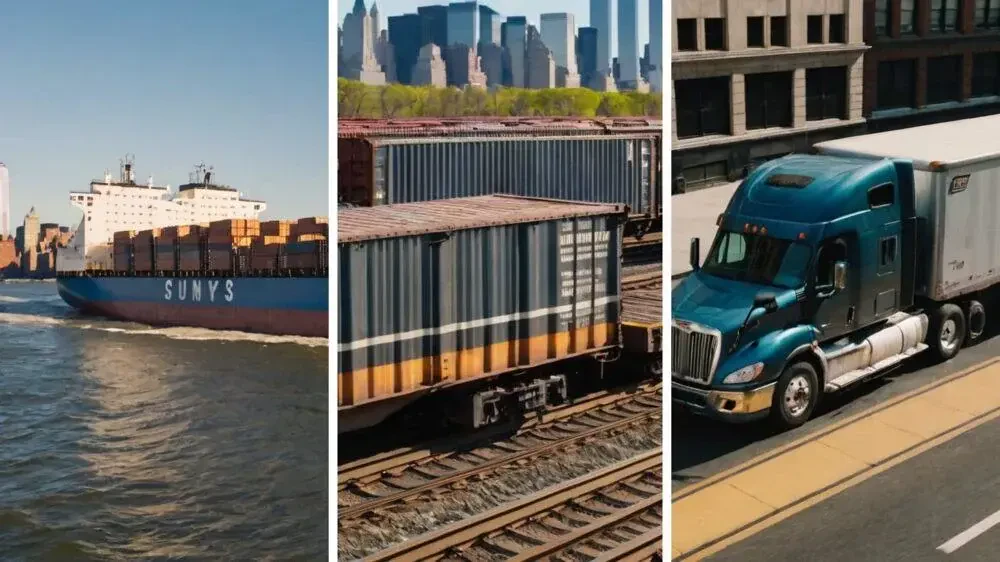
Container Moving Methods
As previously mentioned, the mode of transport you choose for your container has a significant impact on shipment costs and timing. There are three main options regarding shipping methods: truck, sea, and train.
Almost every move will involve a moving truck at some point, but it’s rarely the sole option for international relocations. Transport via truck is the most expensive option for containers due to fuel charges, vehicle maintenance, and environmental taxes. Transport via rail is less expensive but only works when you’re shipping within the same continent.
On the other hand, sea freight is the cheapest and most common way to ship a container internationally. International shipping rates for sea freight are lower compared to other options. Shipping via air freight is another relocation option, but cargo planes cannot transport containers.
Additional Expenses to Consider
Another pertinent total moving cost that you have to expect is related to the load and delivery of your shipment. You have three main options to achieve for the load and delivery of your complete container:
Port to Port
The most basic option, port-to-port shipping, means you are responsible for getting your goods to the departure port and retrieving them from the destination port. Your company will take care of the transportation in between.
Door to Door
With this option, your moving company handles the entire move from start to finish – starting with the loading of your container and concluding with the unpacking of your belongings at your new home.
Drop and Fill
This involves the company dropping off the container at your home for you to load. The company will transport it for you, but you’ll also be responsible for unloading it at your destination.
That’s all there is to it! Have more questions about the process of shipping a full container or the costs involved? We can help! Simply fill out the form at the top of this page, and someone will be in touch with a free, no-obligation estimate. Or, call us today to find out how you could save up to 20% on your next move.
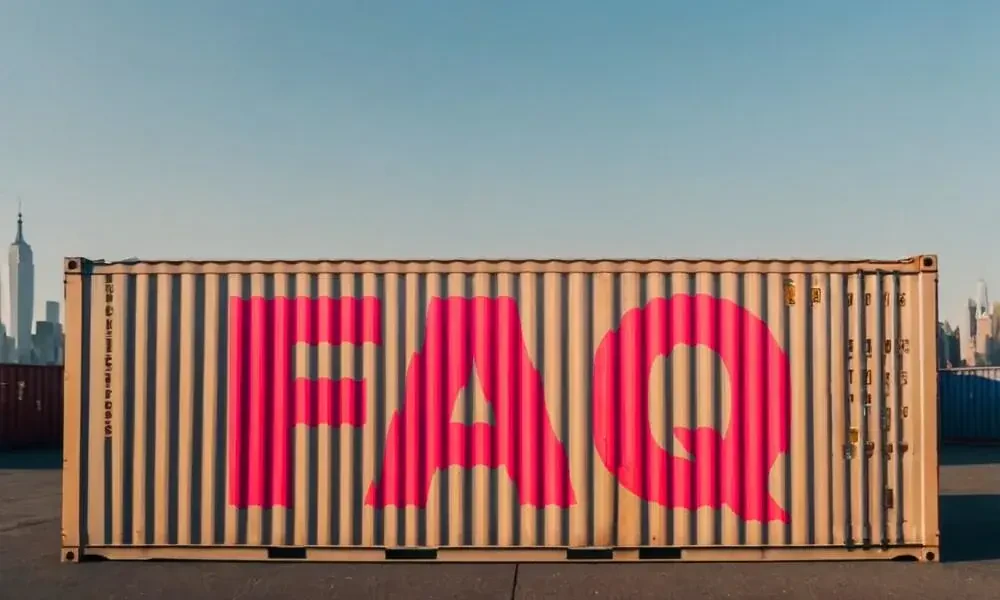
Frequently Asked Questions
The loading and discharging fee paid to the ports where you have to load and unload the container is known as Terminal Handling Fees ( THC ).
Yes, a 20 foot container can fit 2 standard sized cars.
A 20 foot standard shipping container is 146 square feet.
A 40 foot standard shipping container is 320 square feet approx.
The payload capacity of a 20 foot shipping container is around 55,000 lbs.
The payload capacity of a 40-foot container is around 61,000 lbs.


